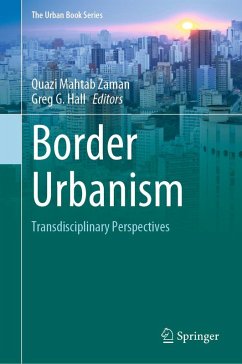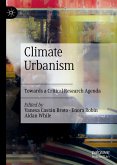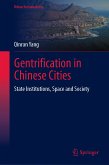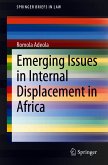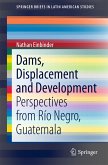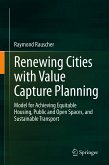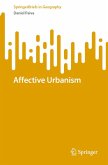The authors consider ways in which the resulting urban border conditions determine the mobility of goods, resources, and people and how these delineations define relationships that influence geopolitical relationships, socioeconomic transactions, and people's lives at multiple levels. They address the temporal issues defined by a variety of unique urban conditions that result from these lateral thresholds. Each chapter contributes to a critical discourse of the subject of border urbanism and the phenomenon created by separation, demarcation, and segregation as well as by conflict and coexistence.
The transdisciplinary approach of Border Urbanism ensures that it will be of interest to individuals across a spectrum of professions and disciplines. Professionals such as urban planners, designers, architects, developers, and civil and environmental engineers and students of these disciplines will be particularly interested as will allied professionals and those not traditionally associated with urbanism; these include artists, sociologists, historians, lawyers, politicians, and civic and government leaders. The authors' global perspectives, combined with their expertise in environmental, historical, cultural, social, political, and geographic areas, will appeal to anyone interested in border urbanism and its intersection with these areas.
Dieser Download kann aus rechtlichen Gründen nur mit Rechnungsadresse in A, B, BG, CY, CZ, D, DK, EW, E, FIN, F, GR, HR, H, IRL, I, LT, L, LR, M, NL, PL, P, R, S, SLO, SK ausgeliefert werden.

